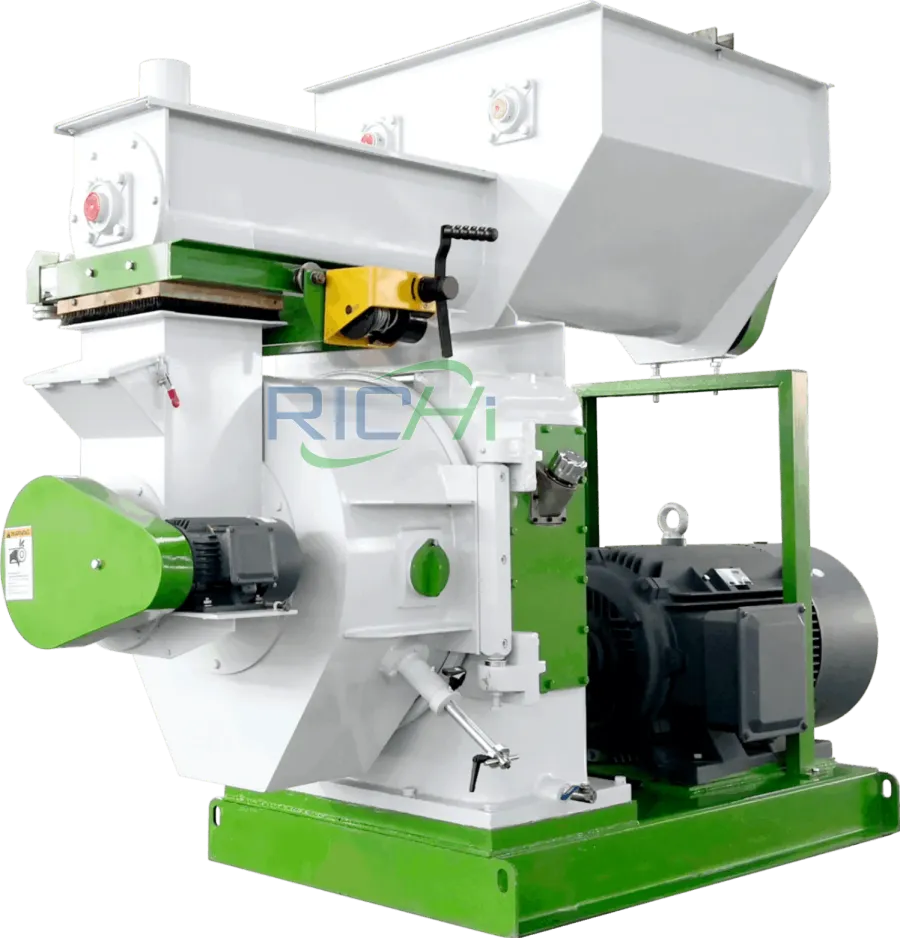In the dynamic world of animal farming and livestock production, ensuring a steady supply of high-quality, nutritionally balanced feed is essential for maintaining animal health, growth, and productivity. Many businesses and agricultural operations are opting to establish their own animal feed mill plants to meet this critical need.
These specialized facilities are designed to convert raw ingredients into meticulously formulated and processed animal feed products tailored to the nutritional requirements of various livestock species. Here’s a comprehensive guide to the key steps involved in constructing an animal feed production line:
Step 1: Feasibility Study and Market Analysis
Before commencing construction, conduct a thorough feasibility study and market analysis. Assess the demand for animal feed products in your target region, analyze market competition, and evaluate the availability and cost of raw materials. Consider regulatory requirements, conduct environmental impact assessments, and explore potential financing options. This step forms the foundation for developing a robust business plan.
Step 2: Site Selection and Facility Design
Select an appropriate site for your animal feed mill plant based on proximity to raw material sources, transportation infrastructure, and utility access (water, electricity, natural gas). Ensure compliance with zoning regulations. Engage architects and engineers to design detailed plans for raw material storage, processing lines, packaging facilities, and administrative areas. Adhere to building codes and safety standards throughout the design phase.
Step 3: Equipment Procurement and Installation
Procure specialized equipment from reputable manufacturers, including hammer mills, mixers, pellet mills, coolers, and packaging machines. Coordinate with contractors and technicians for the precise installation of equipment, following manufacturer guidelines for setup, alignment, and integration. Ensure all components are in place for seamless operations.
Step 4: Utilities and Infrastructure Setup
Establish connections to essential utilities such as water, electricity, and natural gas. Implement waste management systems and environmental controls to comply with local and national regulations. Construct ancillary facilities like boiler rooms, maintenance workshops, and quality control laboratories. Prioritize sustainability and environmental responsibility in infrastructure development.
Related post:https://www.pellet-richi.com/feed-pellet-machine/livestock-feed-pellet-production-lin.html
Step 5: Commissioning and Testing
Conduct comprehensive commissioning tests to evaluate the functionality and performance of the entire feed mill plant. Perform trial runs, calibrate equipment, and adjust process parameters as needed. Document test results and establish operational baselines for future reference. Ensure all systems meet operational standards before proceeding to production.
Step 6: Staffing and Training
Recruit skilled personnel including plant managers, production supervisors, quality control specialists, and maintenance technicians. Develop and implement rigorous training programs to familiarize staff with equipment operation, safety protocols, and quality assurance procedures. Provide ongoing professional development to keep staff abreast of industry advancements.
Step 7: Quality Control and Regulatory Compliance
Implement stringent quality control systems to uphold product safety and consistency. Establish protocols for sampling, testing, and documentation throughout the production process. Adhere to industry standards and regulatory requirements regarding ingredient sourcing, processing practices, labeling, and storage. Obtain necessary certifications and licenses for legal compliance.
Step 8: Continuous Improvement and Optimization
Foster a culture of continuous improvement to enhance operational efficiency and adaptability. Regularly review processes, invest in technology upgrades, and explore alternative raw materials or formulations to meet evolving market demands. Embrace data-driven decision-making and collaborate with industry experts to stay ahead of industry trends.
Constructing an animal feed mill plant is a multifaceted endeavor that demands meticulous planning, adherence to standards, and continuous vigilance. By following these steps and integrating best practices, businesses can establish efficient and compliant feed mill operations. These facilities not only support livestock health and productivity but also contribute to food security and economic development on local and global scales.










